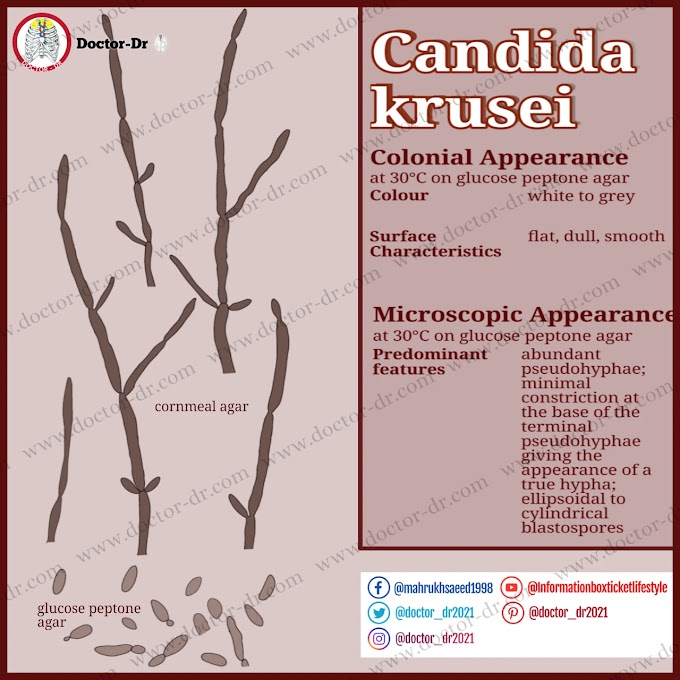Table of Content:
Numerous microscopic structures are suspended in the cytoplasm, the thick interior fluid of cells. Early cell scientists believed that the cytoplasm was a single, very homogeneous fluid that held the nucleus in place. We now know that the cytoplasm of every cell contains hundreds or even thousands of "little organs" or organelles, each of which has a specific function. Prior to the recent advancement of microscopy technology, many of these organelles were not visible. Since their roles as crucial parts of the cell were not yet understood, they were only referred to as inclusions if they could be seen. There will probably come a time when some cellular structures that we presently refer to as inclusions are recognised as organelles and given specific names.
Endoplasmic Reticulum
- Endoplasmic reticulum (ER) is a network of canals and sacs that is dispersed throughout the cytoplasm.
- It comes in two types: rough and smooth.
- Rough ER has ribosomes on its surface, which participate in protein synthesis.
- Smooth ER lacks ribosomes and is involved in the production of lipids, carbohydrates, and some hormones.
- Smooth ER also produces membrane lipids that are incorporated into the cell membrane.
- ER serves as a circulatory system within the cell, transporting proteins through its canals to the Golgi apparatus and ultimately outside the cell.
- Pieces of the ER periodically separate and add to other membrane-bound organelles, including the plasma membrane.
- The molecular makeup of the plasma membrane and the membrane that forms the walls of the ER is almost identical.
Ribosomes
- Ribosomes are small structures in the cytoplasm of cells that are responsible for protein synthesis.
- They are composed of two parts: a large subunit and a small subunit, both made up of protein and ribonucleic acid (RNA).
- Messenger RNA (mRNA) and transfer RNA (tRNA) are other forms of RNA found in cells.
- Ribosomes are present in large numbers throughout the cytoplasm, some of them attached to the rough endoplasmic reticulum and others loose.
- Ribosomes attached to the rough endoplasmic reticulum primarily export the proteins they produce, while those in the cytoplasm produce proteins for cellular purposes.
- Ribosomes produce both functional and structural proteins, including enzymes.
- Polyribosomes are groups of ribosomes that work together to produce proteins and appear as short strings of beads when viewed under an electron microscope.
Golgi apparatus
- The Golgi apparatus is a membrane organelle located near the nucleus, consisting of stacked cisternae or sacs.
- It processes molecules similar to the endoplasmic reticulum, preparing protein molecules for export from the cell.
- Proteins are bundled into small vesicles and separated from the ER before joining the first cisterna in the Golgi apparatus.
- Enzymes in the Golgi cisterna chemically modify protein molecules, creating glycoproteins by binding carbohydrate molecules.
- Vesicles containing modified molecules move to the next cisterna for further processing until reaching the last cisterna.
- Vesicles pinch off from the last cisterna and move to the plasma membrane for secretion, releasing their contents outside the cell.
- Golgi vesicles may also house specific protein and glycoprotein molecules, which integrate into the plasma membrane gradually.
Lysosomes
- Lysosomes contain membrane walls and are vesicles that detach from the Golgi apparatus.
- They vary in size and structure, appearing as granules in their dormant stage and developing into small sacs when active.
- Lysosomes frequently contain minute particles like membrane fragments or pigment granules.
- The inside of lysosomes contains enzymes that can disassemble all the major parts of cells.
- Lysosomal enzymes can break down cells to kill them or protect cells by breaking down harmful molecules or objects that enter the cell.
- Lysosomes are often referred to as "cellular waste disposals" and "digestive bags."
- White blood cells use lysosomes to kill bacteria by engulfing them and breaking them down.
Peroxisomes
- Peroxisomes are tiny membranous sacs present in some cells' cytoplasm.
- They contain enzymes responsible for detoxifying hazardous compounds that may enter cells.
- Peroxisomes are commonly observed in liver and kidney cells, which play a critical role in the body's detoxification process.
- The enzymes peroxidase and catalase found in peroxisomes are crucial in metabolic processes involving hydrogen peroxide.
- Hydrogen peroxide is a hazardous substance for cells.
Mitochondria
- Mitochondria are small, partitioned sausages with a highly structured molecular structure.
- They have two fragile membranes making up their membranous walls and create a sac inside of a sac.
- Cristae are folds that form in the inner membrane, where enzymes necessary for producing ATP are embedded.
- The plasma membrane of the cell shares similarities with the inner and outer membranes of the mitochondrion.
- The inner membrane of the mitochondria contains enzymes that catalyse oxidation processes, which provide cells with the majority of the energy needed to carry out tasks.
- Mitochondria are known as the "power plants" of cells.
- The number of mitochondria present in a cell is directly correlated with its level of activity.
- Cells with more work to do, such as liver cells, contain more mitochondria than cells with less work, such as sperm cells.
- A single sperm cell only has roughly 25 mitochondria, but a single liver cell contains 1,000 or more.

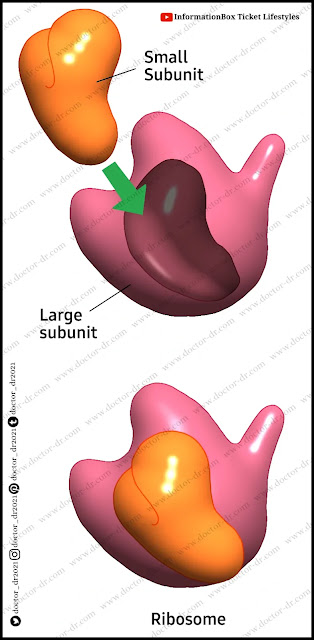

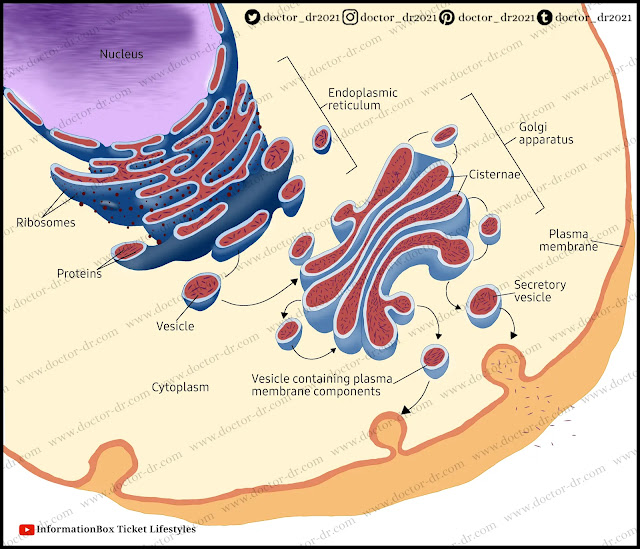
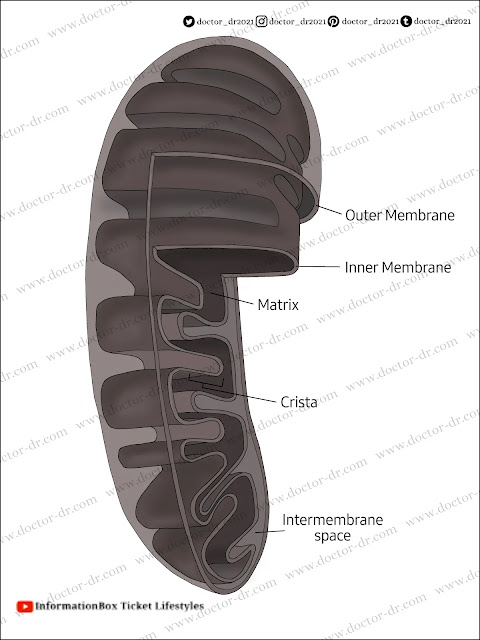
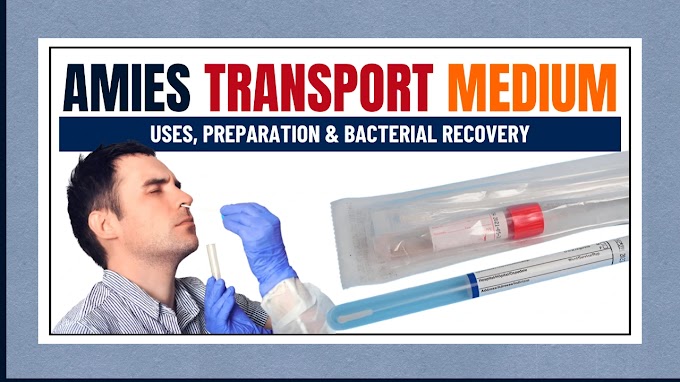
~1.webp)
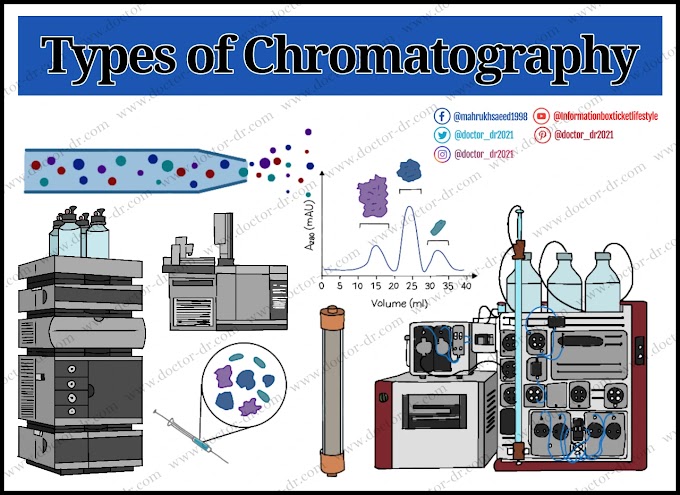
.webp)
